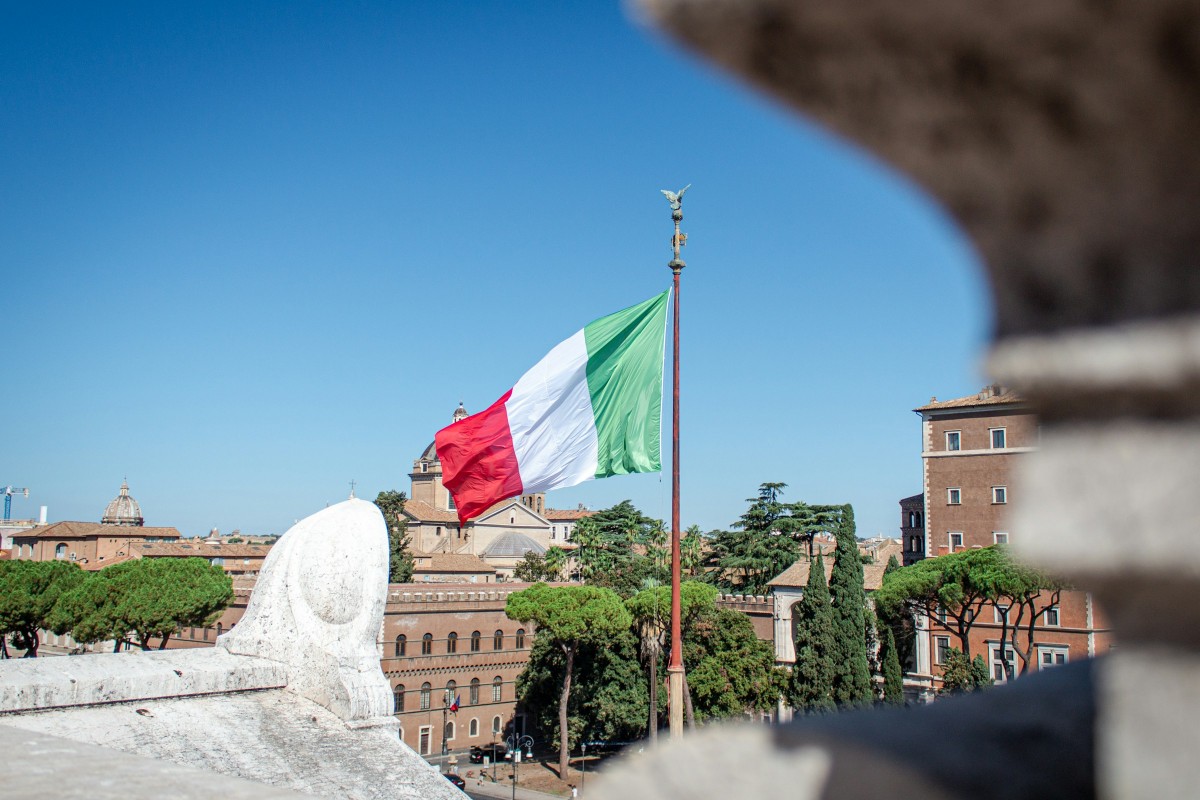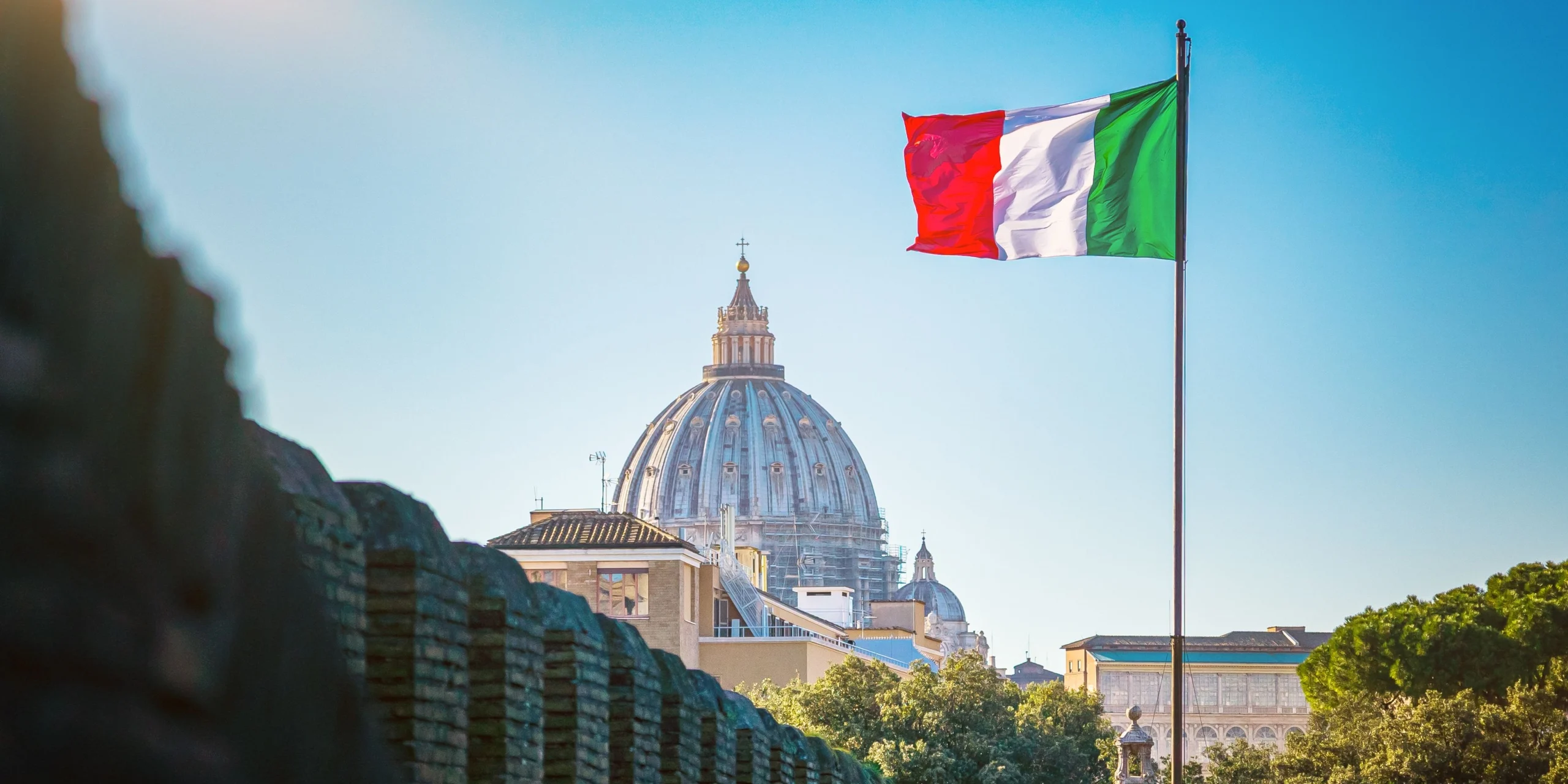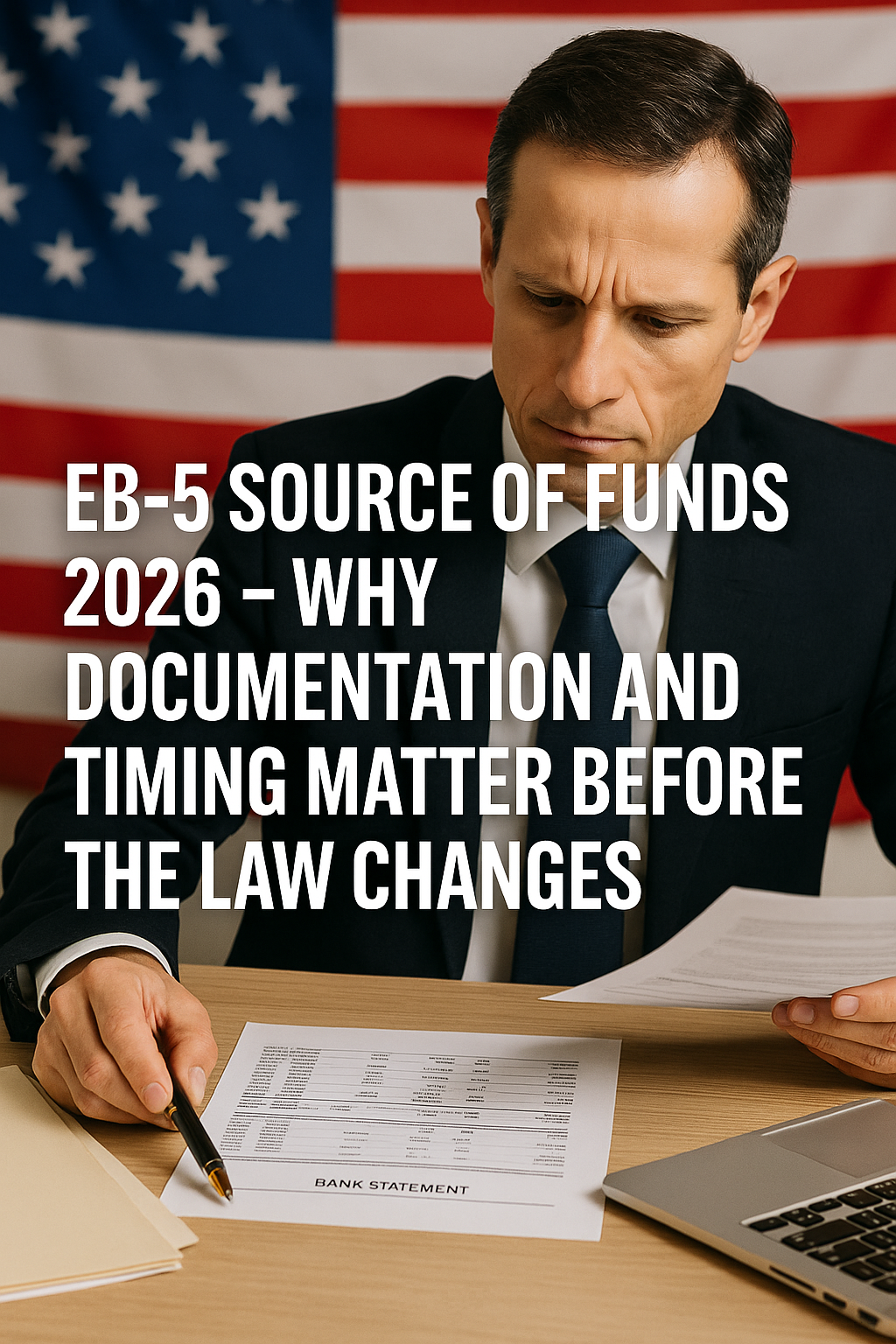Italy’s appeal is timeless. It offers a world-class lifestyle, rich culture, and stunning landscapes. For many successful individuals and families, the dream of living in Italy is a powerful one. This has led to growing interest in the country’s residency options. People want to understand how they can make their dream a reality.
However, this interest is met with a great deal of misinformation. Many potential applicants have incorrect assumptions about how to get Italy residency. They often hear about “Golden Visas” in other countries. They believe Italy offers a similar, simple path. This confusion can lead to wasted time and failed applications. This article will separate fact from fiction. We will explain the truth behind Italy’s main residency programs.

The Biggest Myth: A Real Estate “Golden Visa”
This is the most common misunderstanding about Italian residency. Many people assume they can gain residency by simply buying a property. This is how programs in Portugal, Greece, or Spain work. Italy is different.
The Truth: Italy’s official Investor Visa program does not include real estate as a qualifying investment. You cannot get an Investor Visa by purchasing a house. This is a critical fact to understand from the start. The qualifying investments are specific and financially significant. They include options like purchasing government bonds or investing in an Italian company. This distinction sets Italy apart from many other European nations.
Understanding the Two Main Pathways to Italy Residency
Much of the confusion comes from people mixing up two very different programs. Italy offers two main routes for financially independent individuals. Each has its own purpose, rules, and applicant profile.
The Investor Visa for Active Investors
This is Italy’s official “Golden Visa” equivalent. It is designed to attract significant foreign investment into the country’s economy. The investment thresholds are high. They start at €250,000 for an innovative startup. They go up to €2 million for Italian government bonds. This visa grants a two-year residence permit. Importantly, this permit allows the holder to work in Italy. It is for those who want to be economically active.
The Elective Residency Visa for Passive Income
This is the more popular route for many. It is known as the Residenza Elettiva. It is designed for individuals who can support themselves without working. This includes retirees or people with substantial wealth. The key rule for this visa is strict. You are not permitted to perform any kind of work in Italy. It is purely for residing in the country.
The Reality of the Elective Residency Visa
Many applicants underestimate the requirements for the Elective Residency Visa. Having a large sum of money in a bank account is not enough. The rules focus on stable, recurring passive income.
The Truth: You must prove you have a high and stable passive income. This income must come from sources outside of work. Examples include pensions, property rentals, corporate dividends, or investment portfolios. You need to show a consistent flow of funds. The generally accepted minimum is around €31,000 per year for a single applicant. This amount increases if you include a spouse or family. An active salary from a remote job does not qualify as passive income for this visa. You must also show proof of accommodation in Italy. A long-term rental contract is usually required.
The Two-Step Process: From Visa to Residence Permit
Another common point of confusion is thinking the visa is the final step. In Italy, getting your visa from the consulate is only phase one. The real process continues after you arrive.
The Truth: First, you apply for a National “D” Visa at the Italian consulate in your home country. This visa allows you to enter Italy legally. Once you arrive, you have only eight days to start phase two. You must go to the local police headquarters (Questura) to apply for your residence permit (permesso di soggiorno). This is the official card that proves your legal Italy residency. This second step involves significant paperwork, appointments, and local bureaucracy.
Tax Implications: A Crucial Consideration for Italy Residency
Moving to Italy means becoming a resident for tax purposes. This is a critical detail that high-net-worth individuals must plan for. It has major financial implications.
The Truth: As a tax resident, Italy can tax your worldwide income. However, Italy offers a powerful tax incentive for new residents. This is often called the “flat tax” regime. Under this program, you can pay an annual lump-sum tax of €100,000. This payment covers all taxes on your foreign-source income. It does not matter how large that income is. This can be an extremely attractive option for wealthy individuals. It simplifies tax obligations and can significantly reduce your overall tax burden. This program makes Italy residency a strong option for financial planning.
Gaining Italy residency is an achievable dream for those who are well-informed. The key is to understand the reality of the programs available. There is no simple real estate investment option for the official Investor Visa. You must choose the correct path between the Investor Visa and the Elective Residency Visa. You must meet the specific requirements for passive income. And you must be prepared for a two-step administrative process. By understanding these truths, you can create a clear strategy. You can successfully navigate the process and begin your new life in one of the world’s most beautiful countries.
Follow us on social media and website for more insights!













